Patchwork, or patchwork, is a patchwork sewing that has gained great popularity since ancient times, as it made it possible to create voluminous things of an unusual look from small scraps of fabric. This technique was used to sew large blankets, capes, pillowcases, bedspreads. Nowadays, in order to achieve the patchwork effect, they use not patches, but textile decor that imitates patchwork sewing. As a rule, this kind of decor is used to decorate interiors in the “retro” or “country” style.
Modern technologies have made it possible to transfer patchwork patterns to ceramics, and now they decorate not only fabrics, but also walls and floors using patchwork tiles for this. It has a variety of patterns that are digitally printed, and can be either two-color or multi-color.
Patterns are applied to both ordinary ceramic and porcelain stoneware tiles. By combining different patterns, you can achieve an original effect reminiscent of pictures from a kaleidoscope. Quite often, specially selected kits can be found on sale - they have the same size and different patterns.
Types of patchwork tiles
Patchwork tiles can be both small and large, in which case the pattern on it imitates the layout of smaller patterned tiles. In addition to size, it differs in texture and color. The texture can be rough or smooth, shiny or matte, porous or coated with glaze on top. Picture colors are monochrome, containing two, three, or more colors.
The most popular are graphic black and white, blue and white ornaments, as well as tiles in beige and brown tones. The most popular ones are the same as on fabrics: flowers, ornaments, polka dots, a cage. Both geometric and abstract patterns are found in patchwork.
Combinations
Patchwork provides unlimited possibilities of combination for truly exclusive and expressive interiors. Everyone can choose the colors and patterns that are closest to him, but it is much easier to purchase ready-made kits, which the designers have worked on assembling.
In the event that you want to choose a tile yourself, you must consider the following subtleties:
- all elements must be of equal thickness, and also have the same edge, it is good if their surface is also processed in the same way;
- the tiles can have different colors and patterns, but they must necessarily be harmoniously combined with each other, for this it is necessary that either the pattern, or the color, or the style match;
- the easiest way is to combine monochrome, as well as one where no more than three colors are involved;
- if the tiles are used in many different colors and patterns, they can irritate and stimulate the nervous system, and should be applied in doses.
Style and color
Patchwork tiles can be used in almost any interior, if you choose the right pattern and color.
Minimalism
Here you can use patchwork tiles in neutral tones - gray-white, gray-black, and colored - in beige, blue tones. Such bright patterns will bring brightness and home comfort to strict minimalism.
If the whole room is made in monochrome, it can be decorated not only with bright colored, but also with one-color or two-color tiles with imitation of patchwork - the main thing is that these colors match the main colors of the rest of the finish. In this case, patterns become the main decoration. They can be laid out in such a way as to compose some kind of drawing, or, on the contrary, "in a breakdown" - this will create an additional decorative effect.
The photo shows an example of a monochromatic apron in the kitchen.
Country
In this style, the use of patchwork looks the most natural. The use of monochrome ornaments is acceptable, as well as multi-color patchwork tiles, however, for the kitchen, multi-color is often used to complement the artistic image.
Retro
Patchwork is a historical tradition, so patchwork is great for decorating interiors in a retro style. As a rule, patchwork tiles are selected with a pattern that gives the impression of half-worn or slightly faded.
Other Styles
The Dutch tradition of white and blue ceramics, which came to Russia and developed in Gzhel, is perfect for both country and Scandinavian styles. The blue and white range gives the cladding lightness and airiness, so it can also be used in Mediterranean, Provencal and classic styles.
Photos in the interior
Patterned patchwork tiles are used in all the same places as the usual ones - these are the rooms of the bathroom and toilet, an apron in the kitchen, flooring in the kitchen, hallway, on the balcony, in the entrance area.
As a rule, “patchwork rugs” are laid on the floor made of such tiles; a similar solution can be found both in the kitchen and in the bathroom. This makes it possible to highlight one or another functional area, for example, a dining area in the kitchen, a shower area in the bathroom or an entrance area in the hallway.
Patchwork tile design in the bathroom
For the interior of the bathroom, tiles in gray tones will look great. Then the interior will be restrained and laconic. If you want to add expression, then you can add bright accents.
Photo of a kitchen with patchwork tiles
When decorating a kitchen, this type of finish can be used as zoning. Also, patchwork tiles are often used as decorative elements on the wall or for flooring.
Pictured is a combined kitchen floor, partly finished with plain patchwork tiles.
In the photo, an apron for a kitchen made of patchwork tiles.
Examples of use in the kitchen-living room
It is appropriate to place a patchwork tile panel on the wall - it will become the main decorative accent of the living room, or highlight the dining area.
Patterned patchwork works great with regular, smooth and solid tiles. By combining them, you can avoid unnecessary variegation in the interior. Keep in mind that patchwork is an active and bright pattern, if there is too much of it, it will draw all attention to itself, and can break the geometry of the room. From a large number of such patterns, it begins to ripple in the eyes, so they need to be used very dosed.

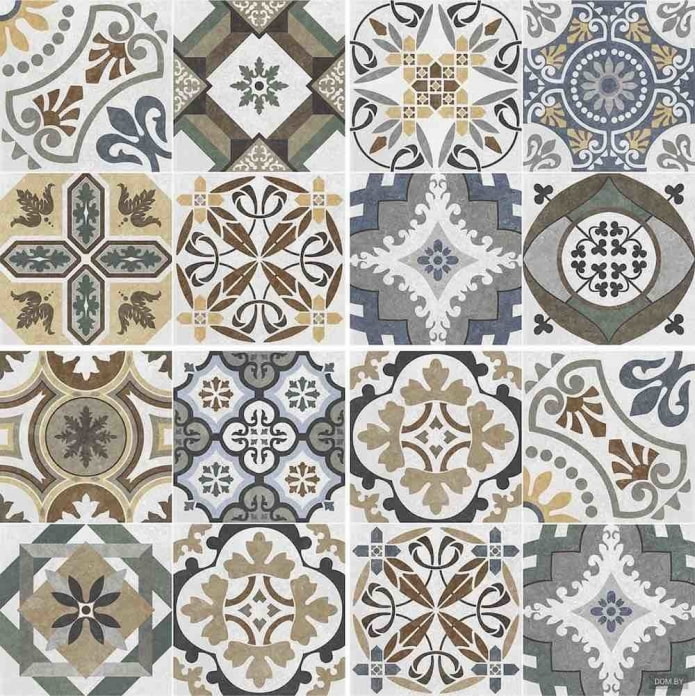
 10 practical tips for arranging a small kitchen in the country
10 practical tips for arranging a small kitchen in the country
 12 simple ideas for a small garden that will make it visually spacious
12 simple ideas for a small garden that will make it visually spacious
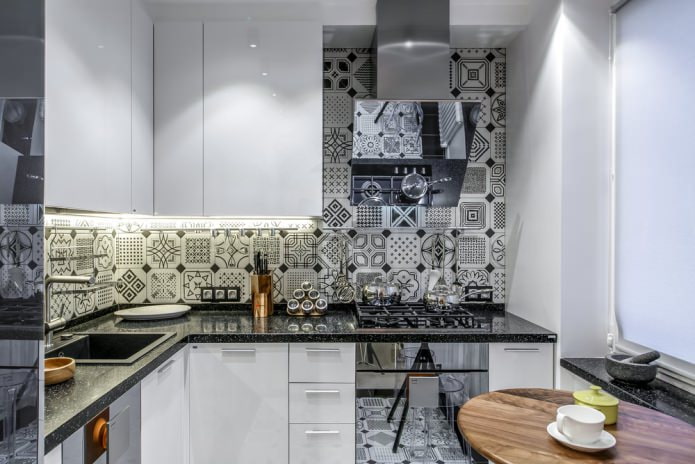
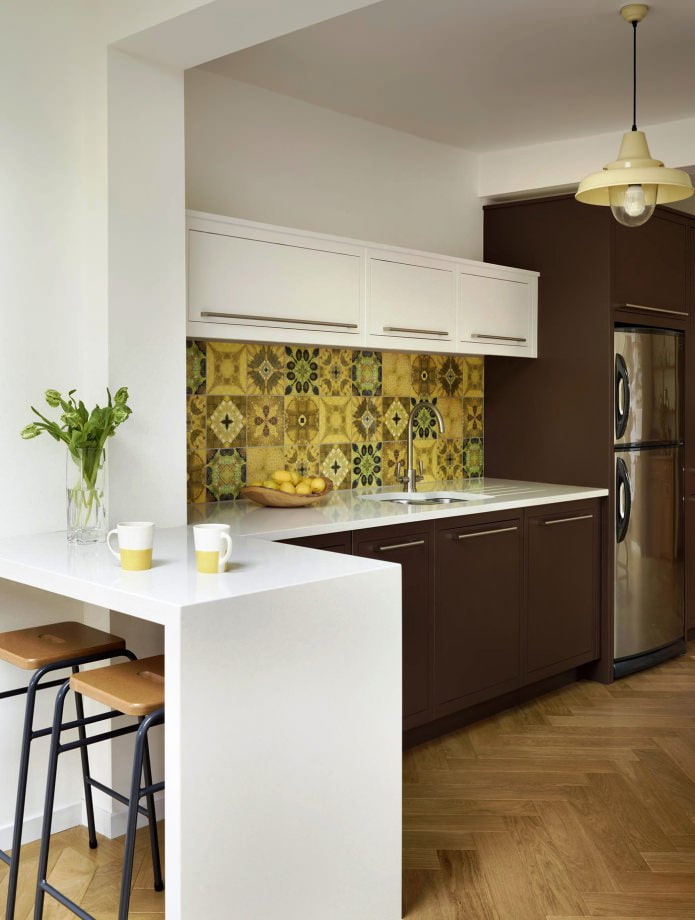
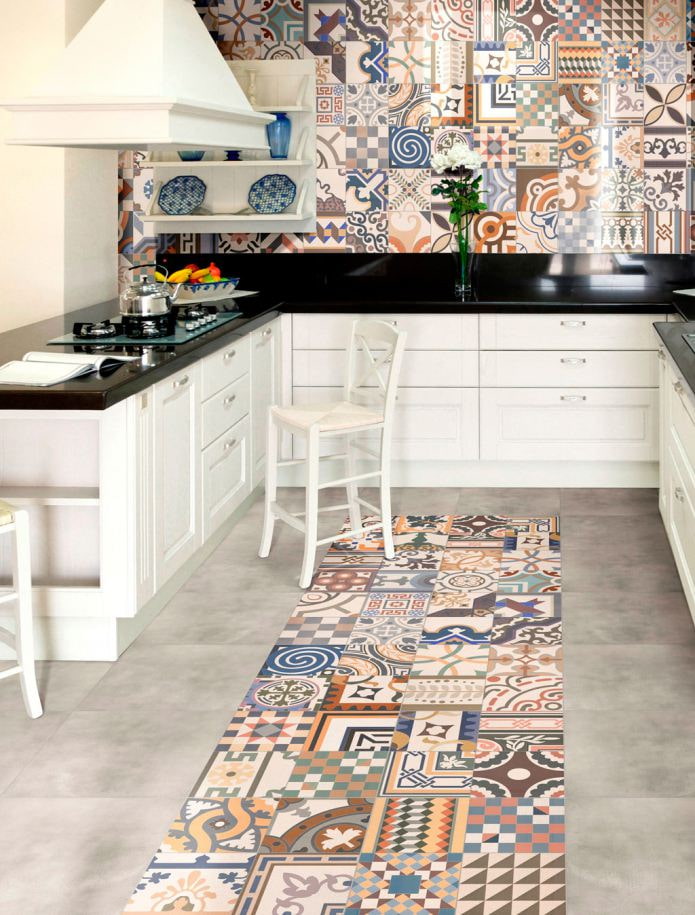
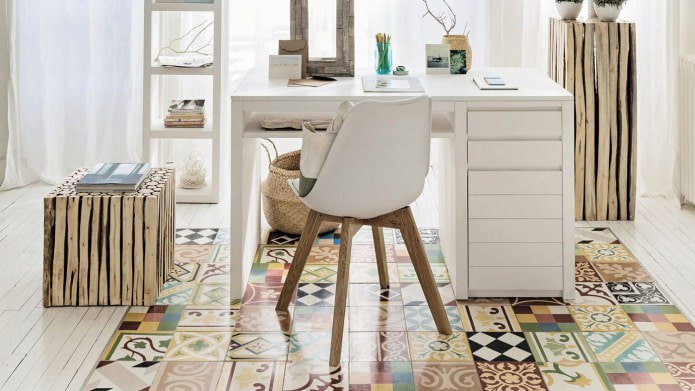

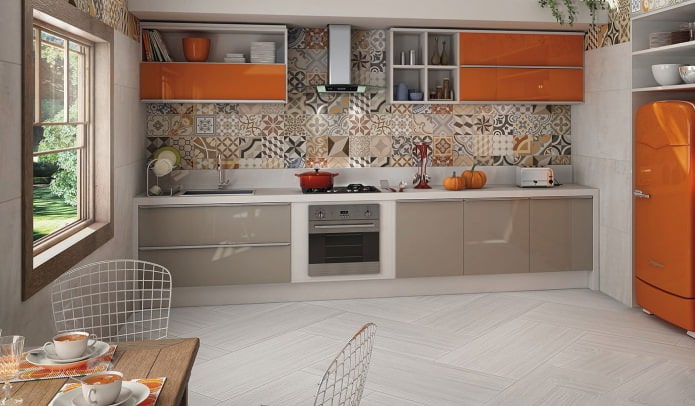
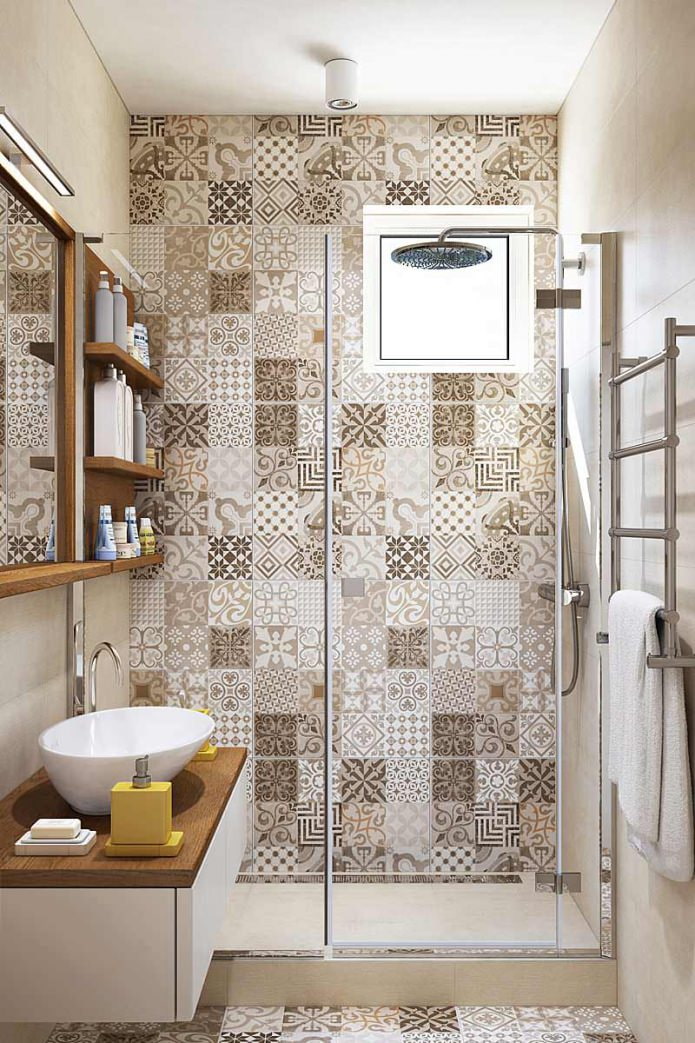
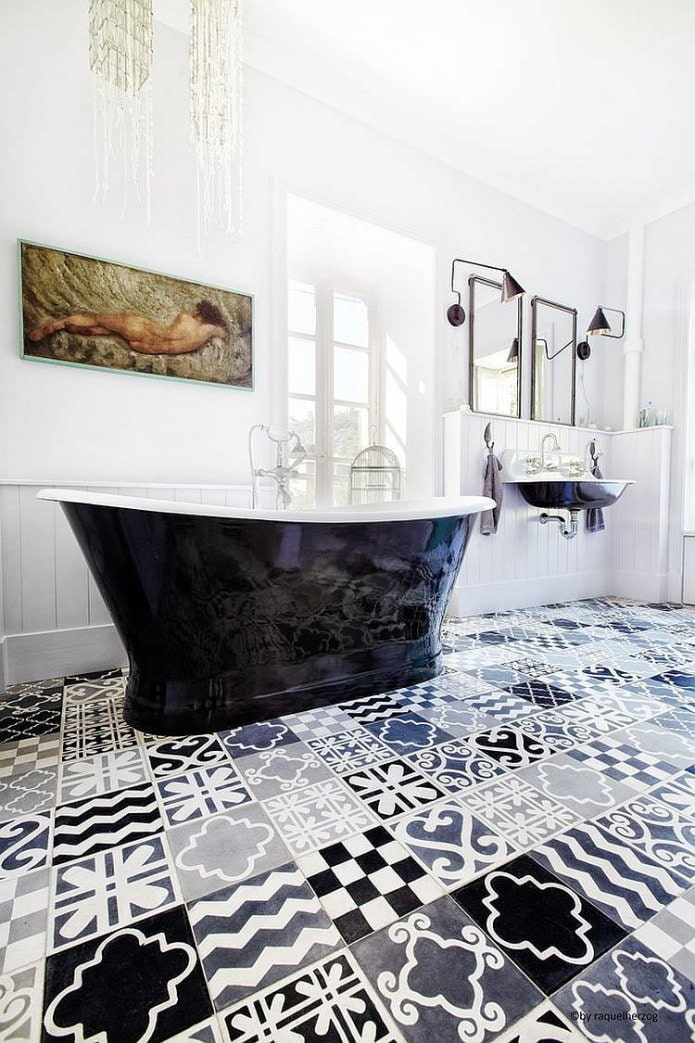
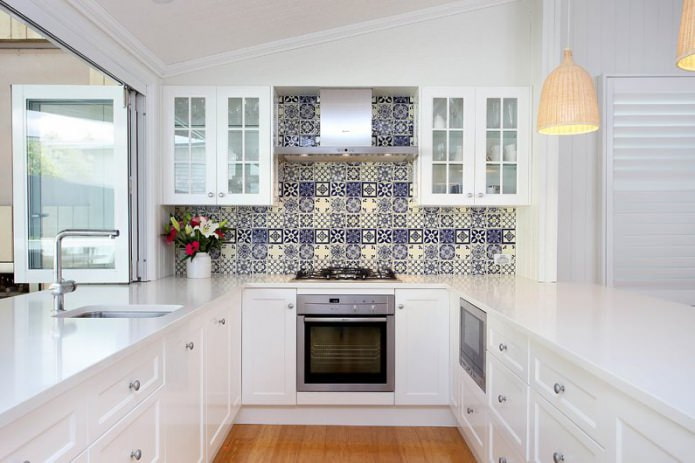
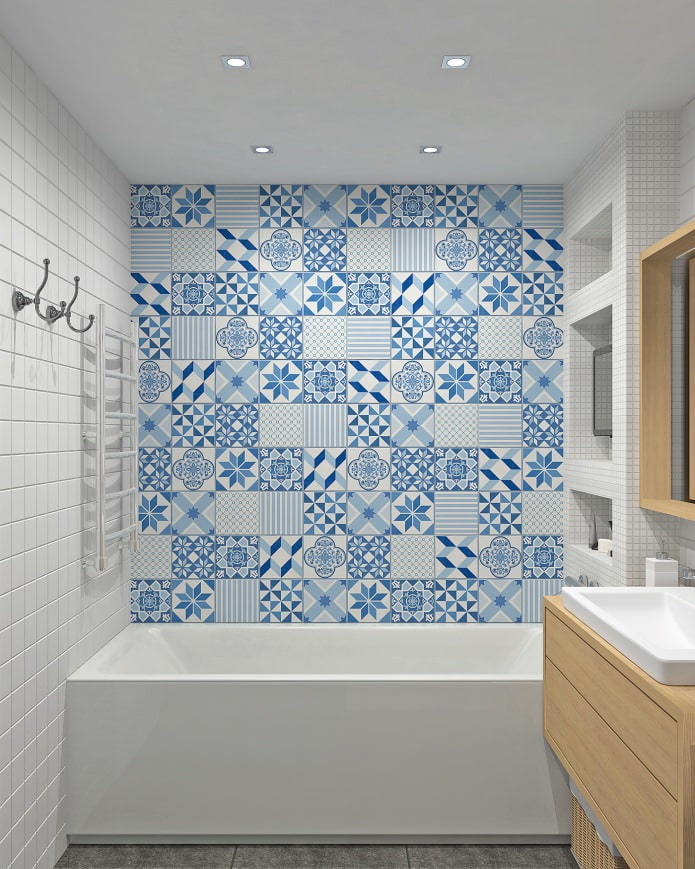
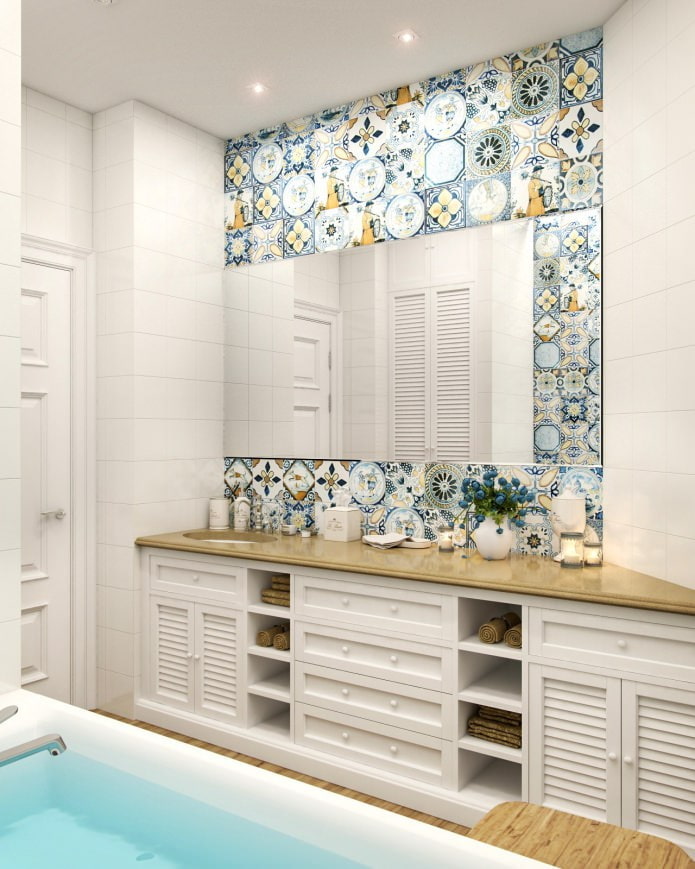
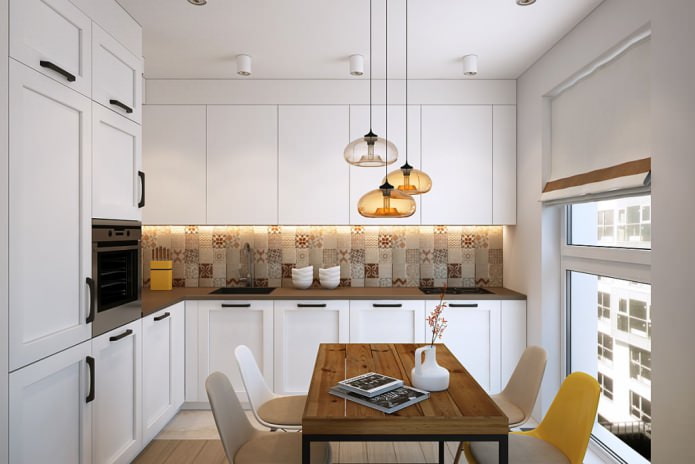
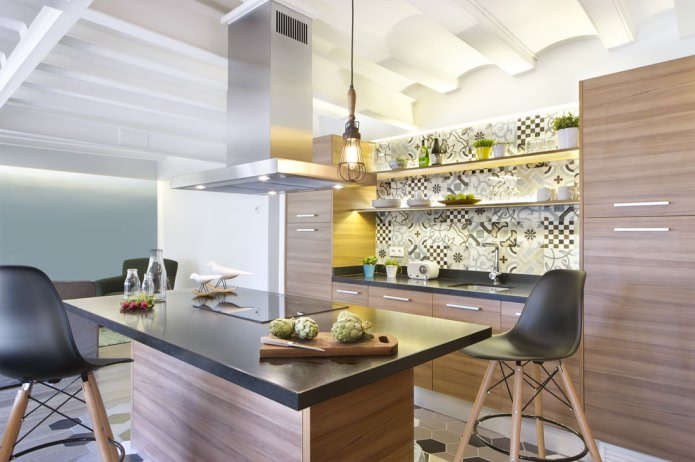
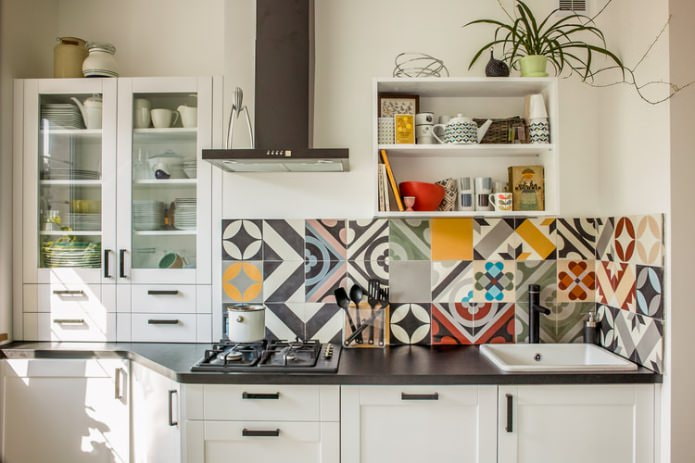
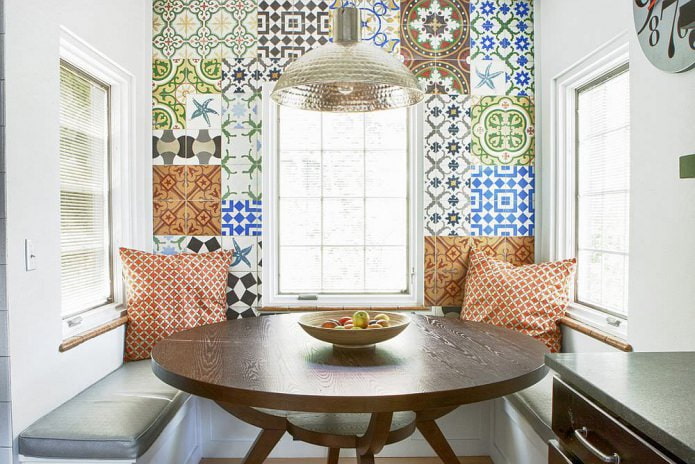
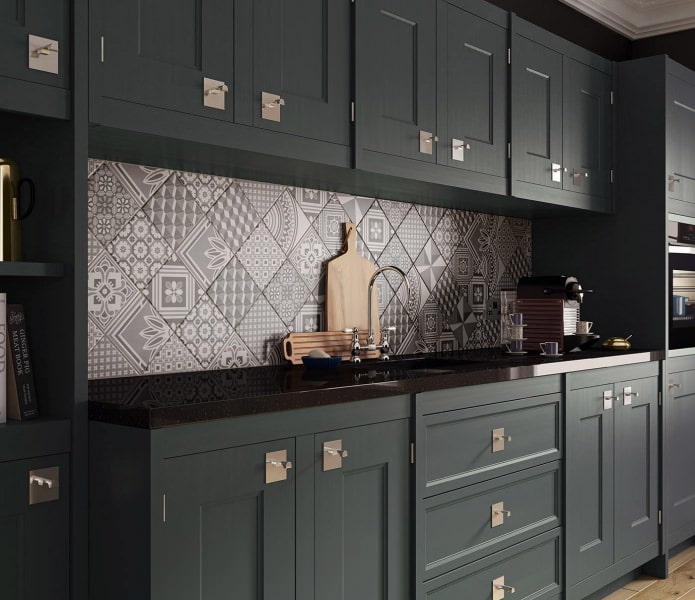
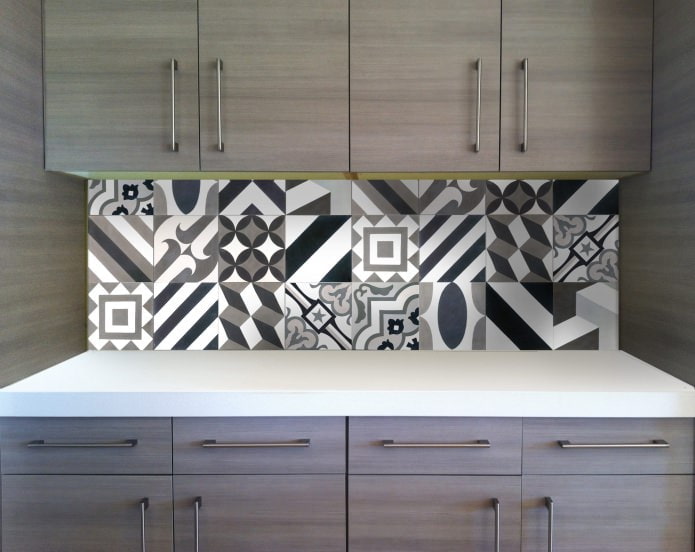
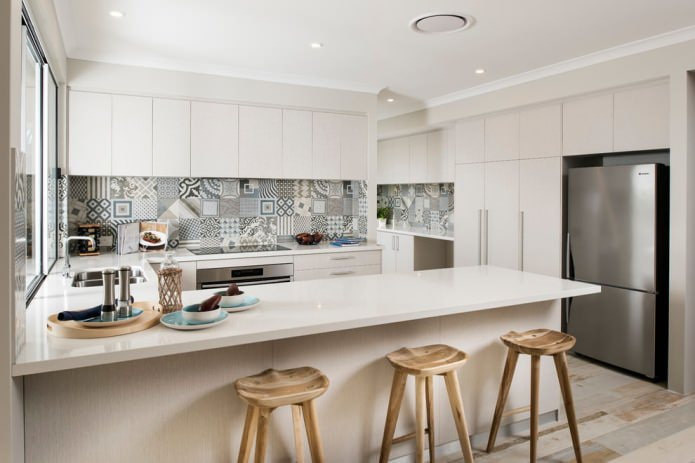
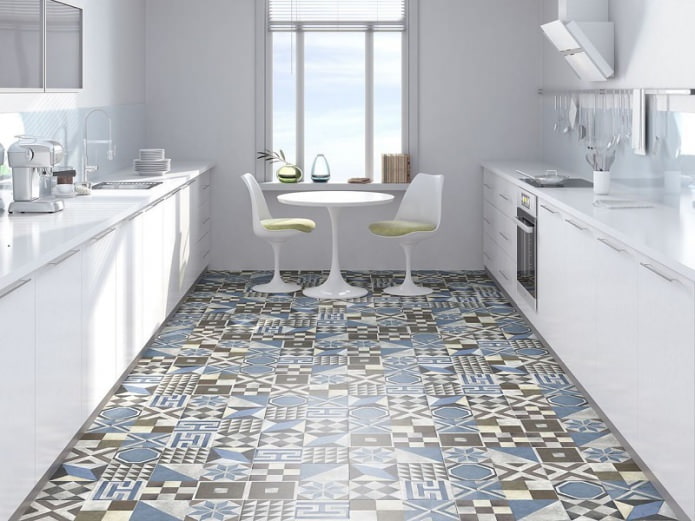
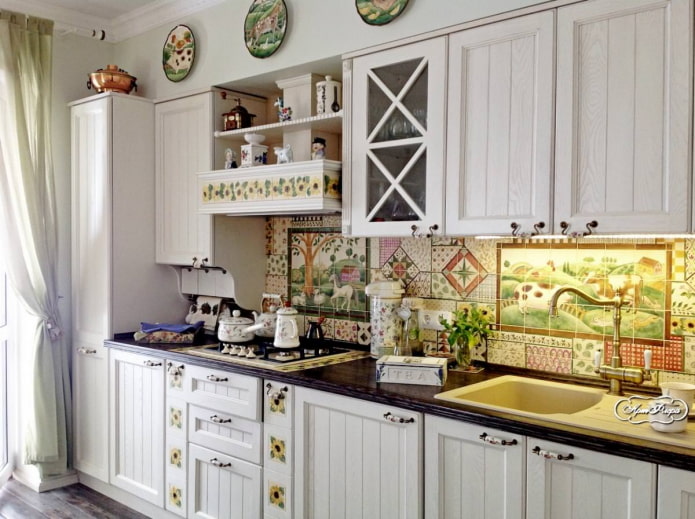
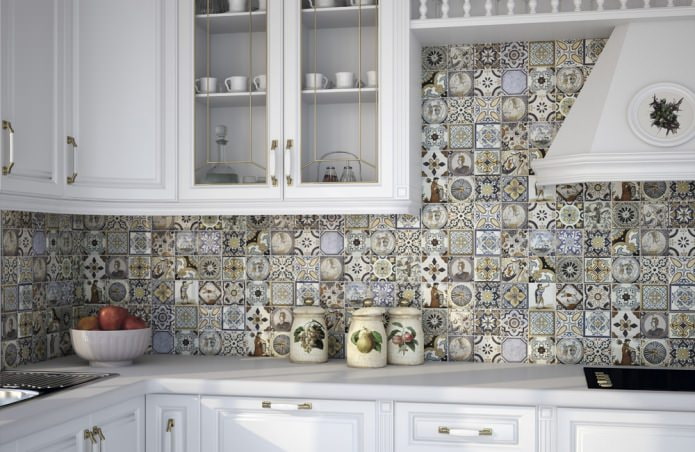
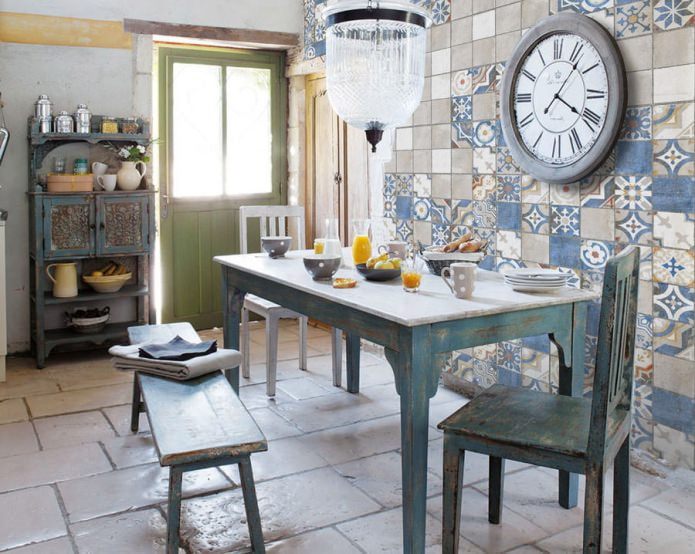

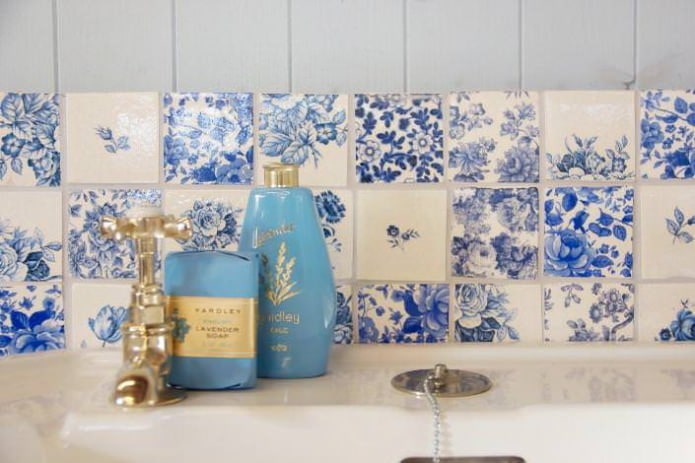
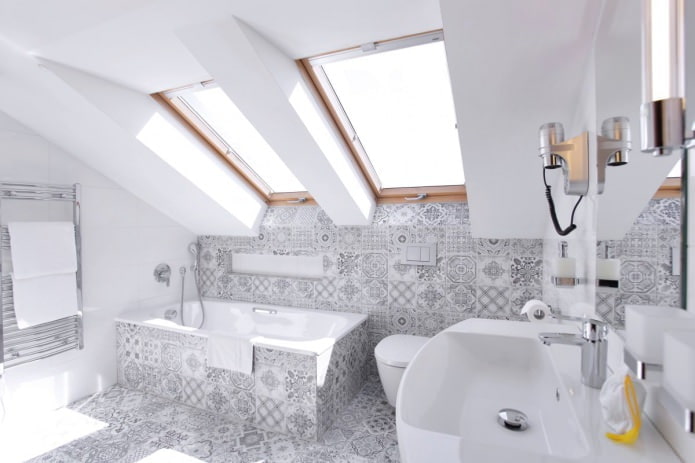


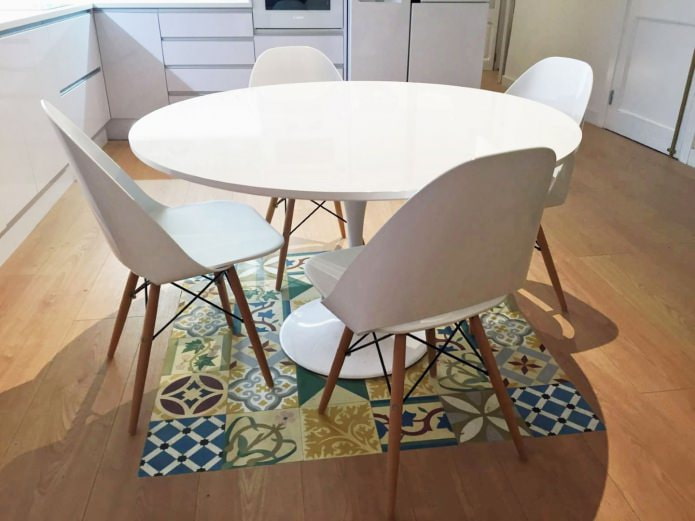
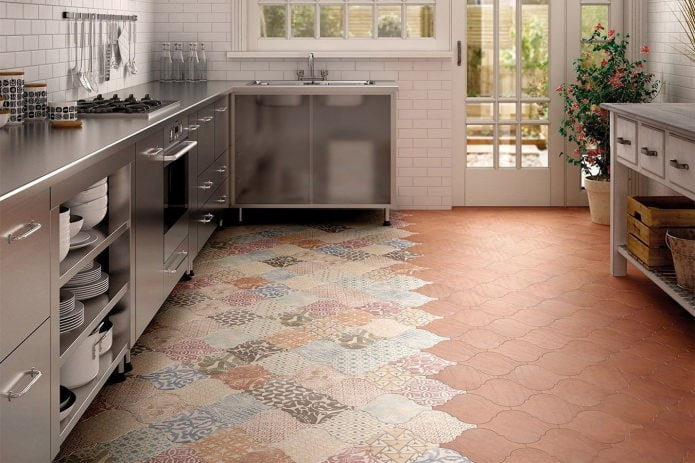

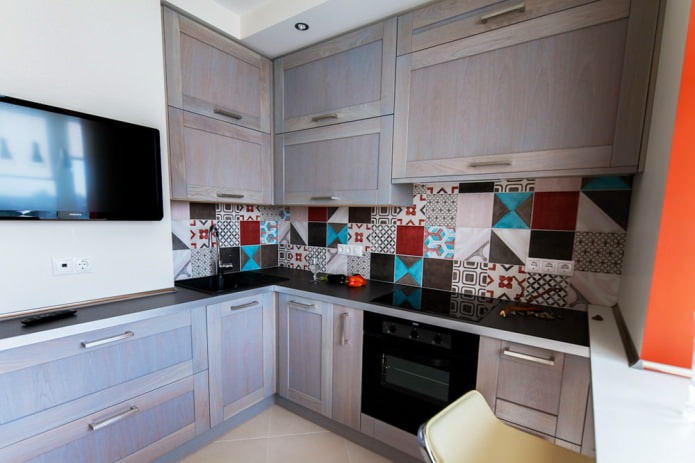
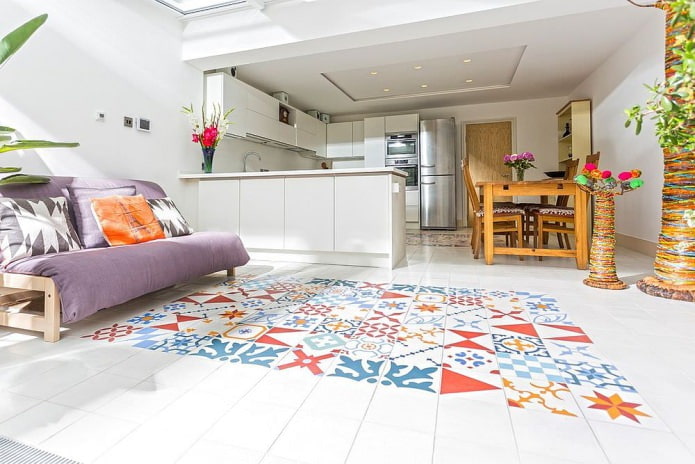
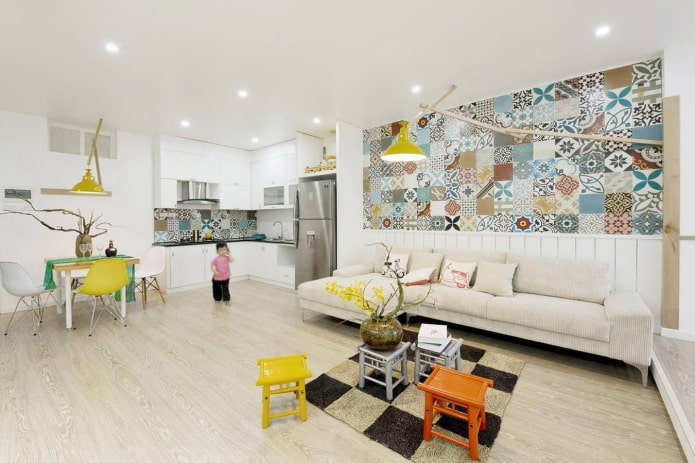

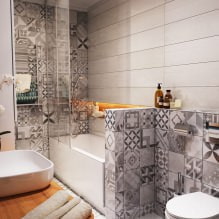
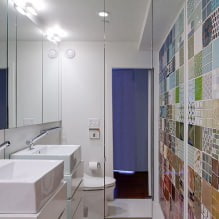


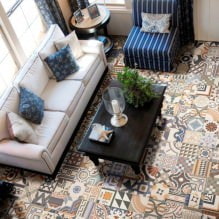
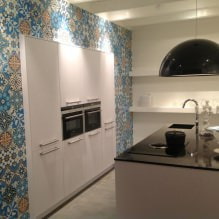
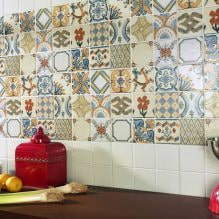
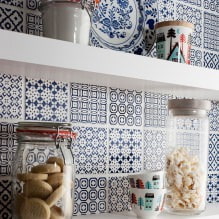
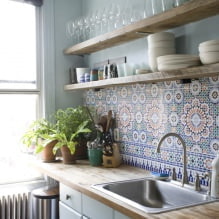
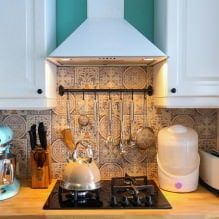
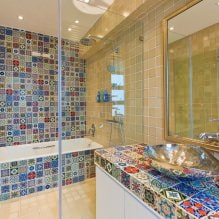
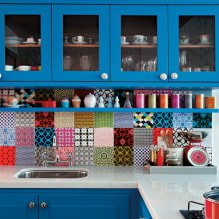
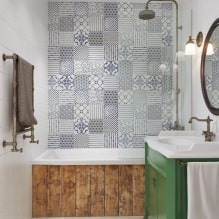
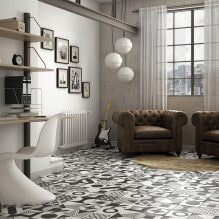

 13 bad habits a good housewife shouldn't have
13 bad habits a good housewife shouldn't have 24/7 home cleanliness - 4 secrets for the perfect housewife
24/7 home cleanliness - 4 secrets for the perfect housewife 6 hotels in Sochi that will give odds to the promoted foreign hotels
6 hotels in Sochi that will give odds to the promoted foreign hotels Top 10 interior design trends 2020
Top 10 interior design trends 2020 Rating of cheap TVs with Smart-TV
Rating of cheap TVs with Smart-TV New Year's LED garlands on AliExpress - we disassemble while it's hot, so that it's bright at home
New Year's LED garlands on AliExpress - we disassemble while it's hot, so that it's bright at home